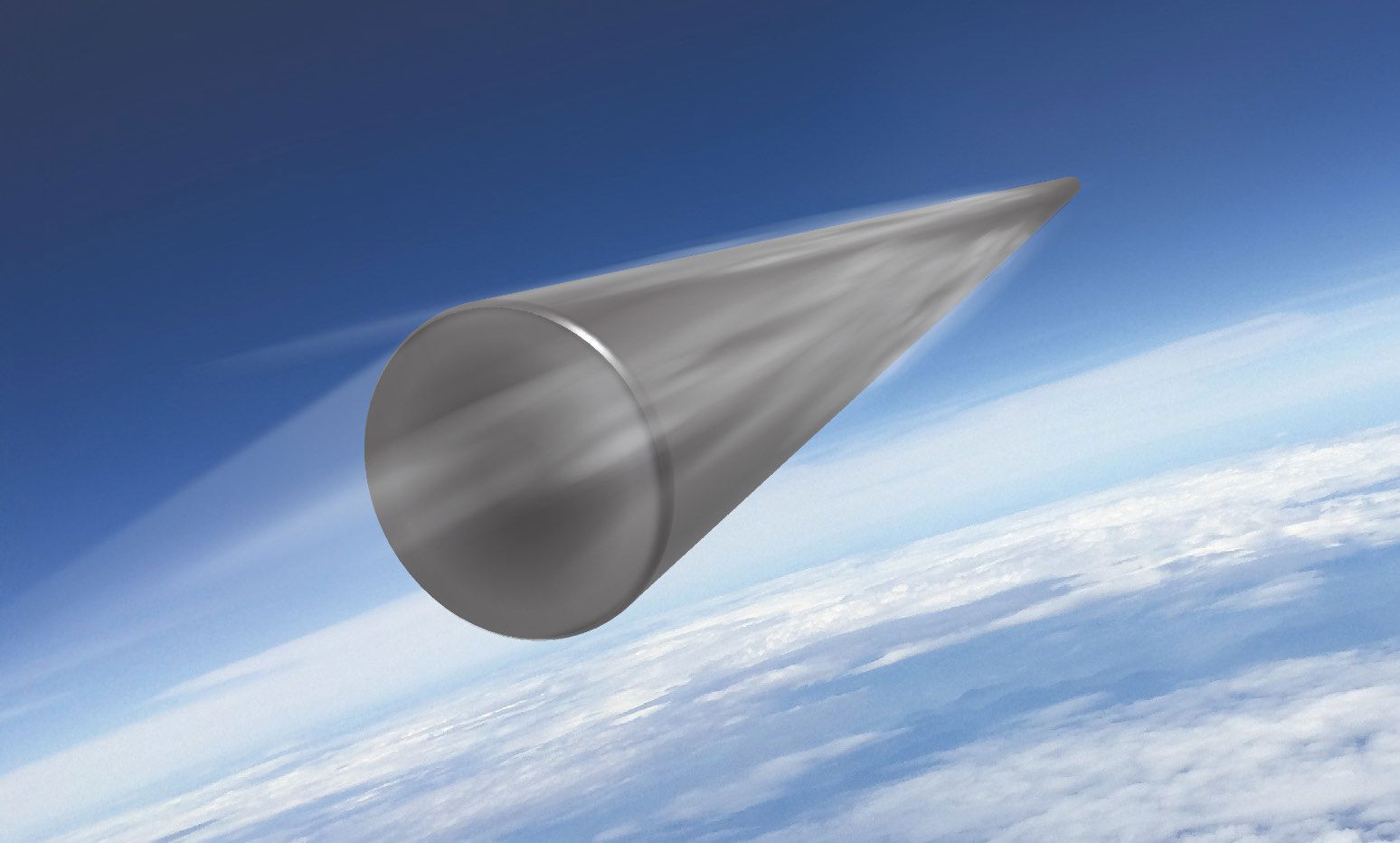The United States Air Force (USAF) and Lockheed Martin have announced the successful completion of tests involving their future intercontinental ballistic missile reentry vehicle, the Mk21A.
The planned test flight of the Mk21A vehicle took place over the Pacific Ocean on June 17, demonstrating a significant step forward in the development of future intercontinental ballistic missile (ICBM) technology.
The unarmed reentry vehicle was launched from Vandenberg Space Force Base, California, aboard a Minotaur I rocket at 11:01 p.m. Pacific Time.
In a press release, the American aerospace company said the test allowed engineering teams to evaluate several of the Mk21A’s technological capabilities and primary design components. The development of the Mk21A is part of a broader initiative that forms a critical component of the U.S. Air Force’s strategy to modernize its ICBM weapon systems.
“Test launches like these are crucial for protecting our nation’s defense,” said Col. Mark Shoemaker, Commander of Space Launch Delta 30, in a statement following Monday’s launch.
Presently, the Mk21A reentry vehicle represents the cutting-edge ICBM weapon technologies of the future, providing the basis for technologies that are already becoming integral to the U.S.’s deterrent posture.
Jay Watson, vice president of Strategic Reentry at Lockheed Martin, said his company’s more than six decades of involvement in the development of aerospace systems has “demonstrated exceptional performance in reentry technologies and a pioneering digital engineering approach on this program from its beginning.”
“We remain focused on delivering this capability for the warfighter as a trusted partner to the U.S. Air Force for ICBM reentry systems and modernization of the deterrent triad,” Watson said.
Monday’s test was part of an Engineering and Manufacturing Development contract the aerospace company presently has with the Air Force Nuclear Systems Center, based at Kirtland Air Force Base, New Mexico.
The company says that the data it collected during the test flight will provide potentially crucial information that it will use in the ongoing development and future testing of the Mk21A.
Presently, the reentry vehicle’s development remains on schedule, with assistance from modelling and simulation and the implementation of advanced digital engineering capabilities that have helped Lockheed Martin maintain an economical approach to the system’s development.
The Mk21A’s unique design includes the arming and fuzing subsystem and support elements, which contribute to ensuring the vehicle’s operational performance and overall effectiveness.
“As global threats evolve, it’s essential to support these launches and maintain access to space to safeguard our nation,” Col. Shoemaker said following Monday’s launch.
Micah Hanks is the Editor-in-Chief and Co-Founder of The Debrief. He can be reached by email at micah@thedebrief.org. Follow his work at micahhanks.com and on X: @MicahHanks.

